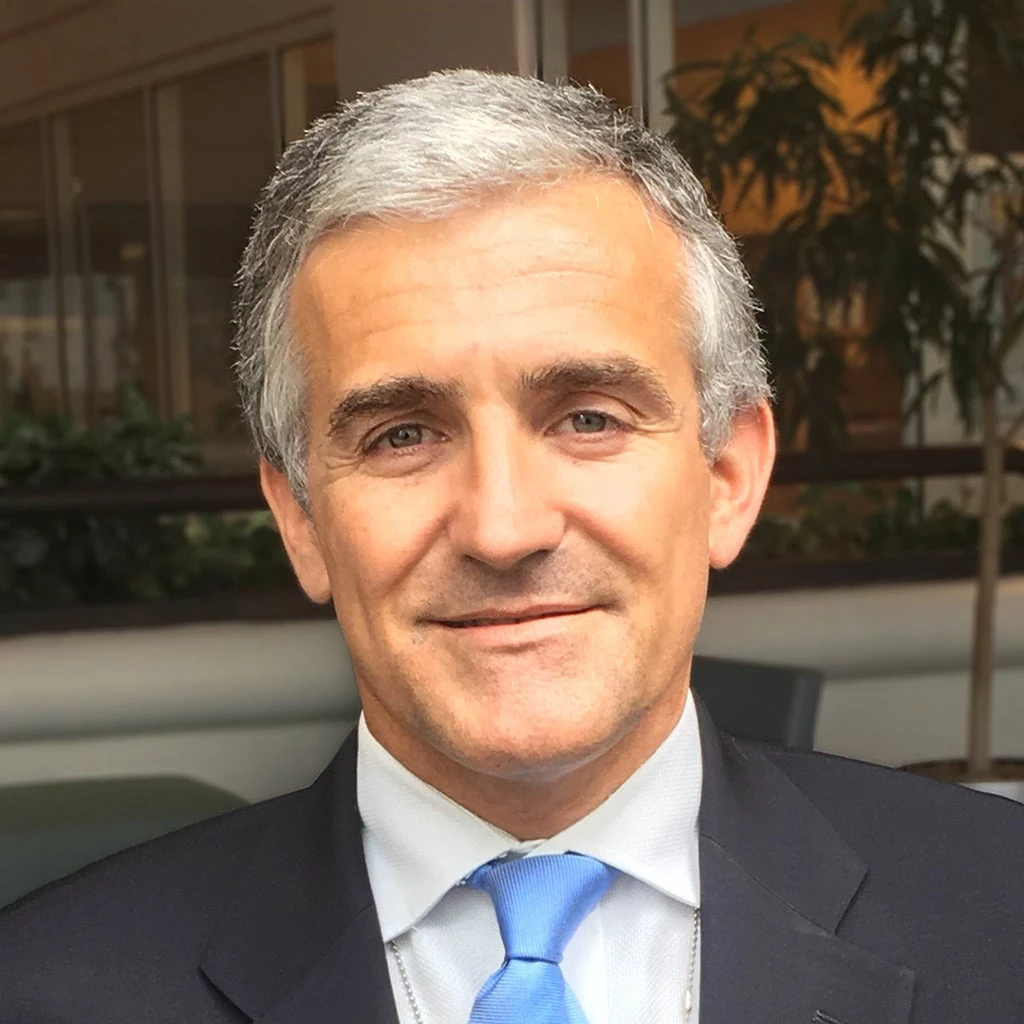
I’m at the United Nations General Assembly this week, where all the conversations I’ve had with partners bring home the reality of a world grappling with multiple crises. There is a real shift in the global agenda, one that is now focused on displacement, prevention and stronger collaboration across humanitarian, development, diplomatic, peace and security partners.
These are precisely the issues that are at the center of our work at the World Bank today, and the partnership with the United Nations has never been stronger. Over the past year, our teams have worked on a major joint study, entitled “Pathways for Peace: Inclusive Approaches to Preventing Violent Conflict.” UN Secretary General Antonio Guterres and our President Jim Yong Kim launched this work on International Peace Day, reinforcing a very clear message: prevention works, and inclusive development is the best way to get there.
The world has seen too much suffering and devastation, and the benefits of prevention are clear. In fact, according to the study, in countries that bear the cost of conflict including casualties and losses to economic growth, over $34 billion in damages would be prevented per year if war can be avoided. We see conflict now as a major obstacle to achieving the Sustainable Development Goals.
I participated in a ministerial roundtable to discuss some of the findings of the study co-hosted by the governments of Indonesia, Norway, Niger, Sweden, and Colombia. Listening to the representatives of the Gambia, Liberia, Indonesia, Niger, Colombia, g7+ and many other participants, I was deeply inspired by their experiences to prevent conflict from becoming violent, working as one with the support of the international community.
One of the key messages from the study is that successful prevention must be led by governments through a national process, bringing in the private sector, civil society, and local communities, with the international community providing support. It was encouraging to hear that this is already happening in so many countries that are working hard to sustain peace.
Another key message is that exclusion around access to power, opportunity and security, and unmet aspirations play a central role in modern conflicts. While important, it’s not all about poverty reduction and growth, as we see in many middle-income countries that are also entering conflict.
As a development institution, we need to do more to help people overcome the negative impacts of conflict – including helping the forcibly displaced, managing health epidemics and famine – but we must also not forget that inclusive development can be a powerful tool for prevention. Enhancing the meaningful participation of women and youth in decision making, for example, as well as long-term policies to support the aspirations of young people can make a real difference in sustaining peace.
I’m pleased to say that we are definitely taking action in this direction. Under the record $75 billion replenishment of the International Development Association – our fund for the poorest – we now have resources to support countries that are facing fragility risks. We’re looking at innovative financing approaches to support early engagement, to address risks when development policies and programs can achieve the best results. And we mustn’t forget, we also need to learn from the successful pathways that many countries have taken to prevent violent conflict, while recognizing that each country faces different circumstances. Working together, by countries taking the lead, and with stronger international efforts, we can do more to walk the talk.


Join the Conversation